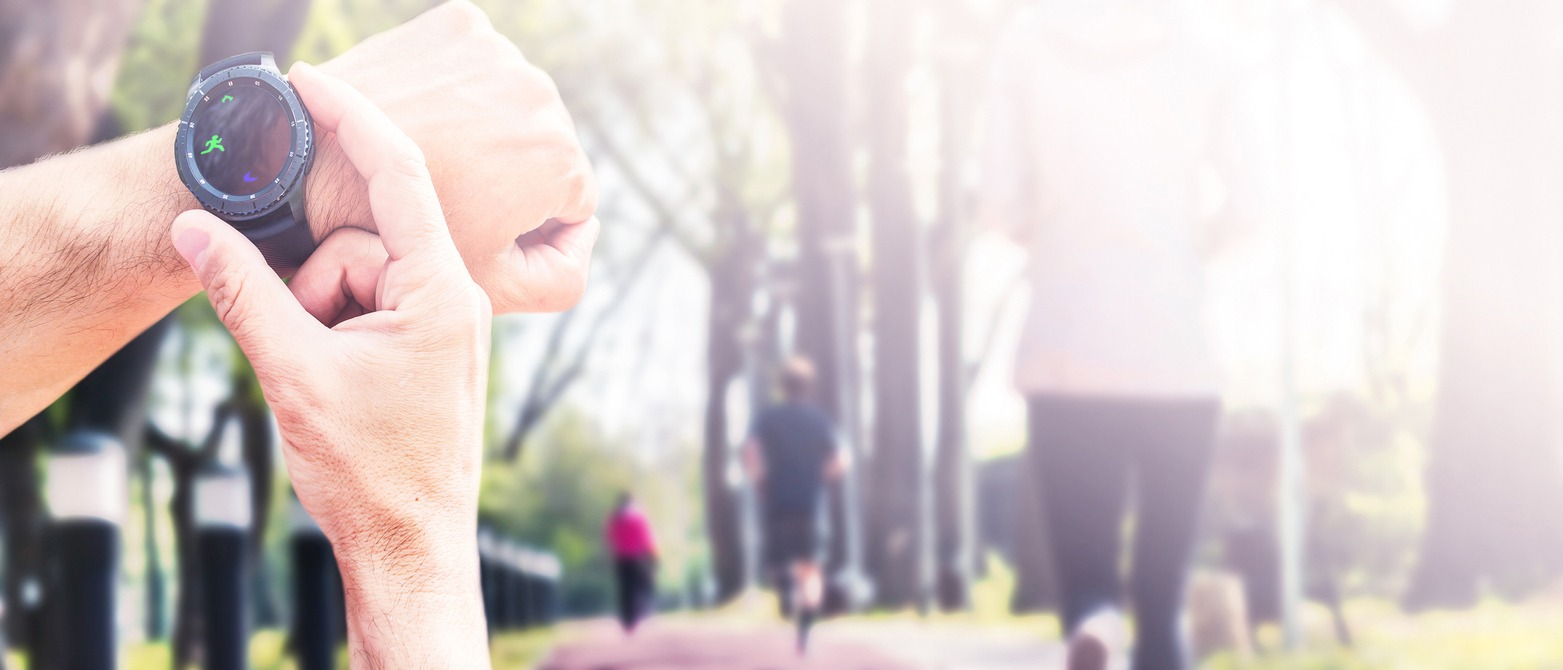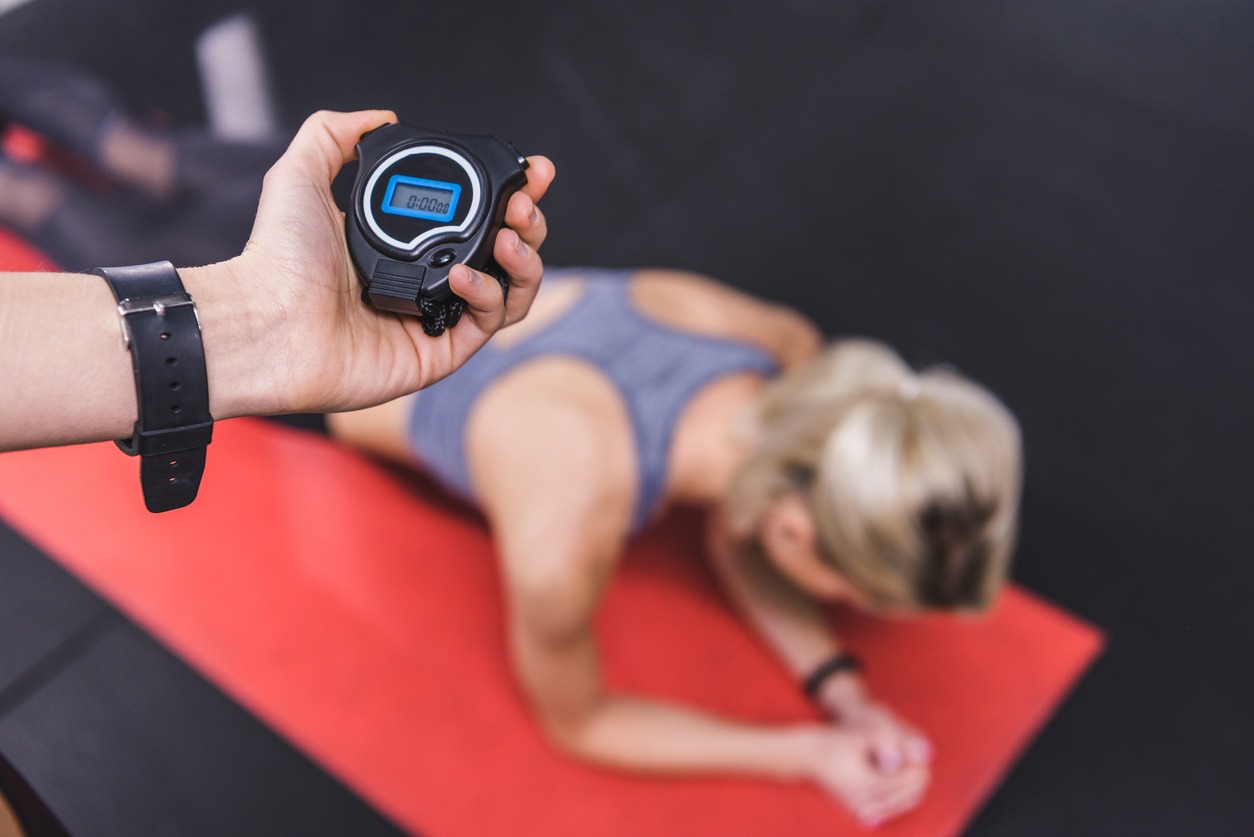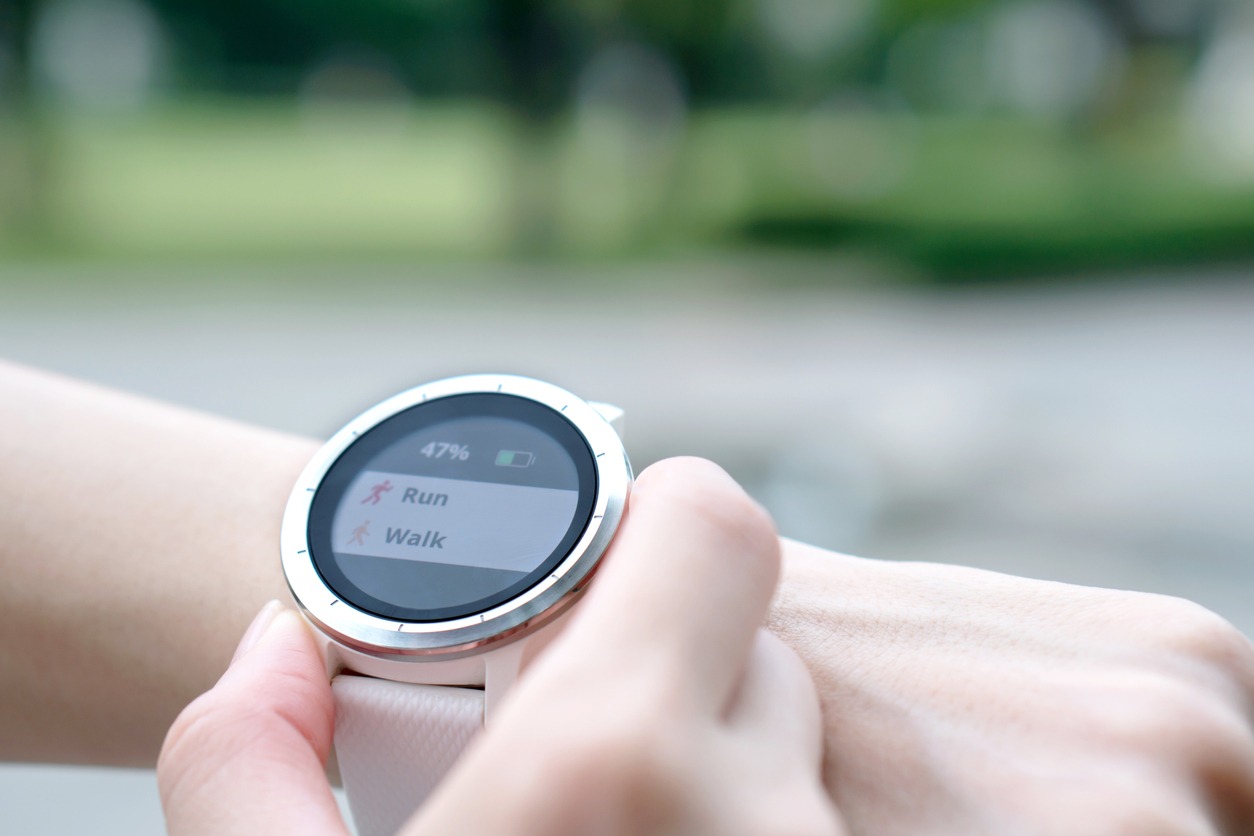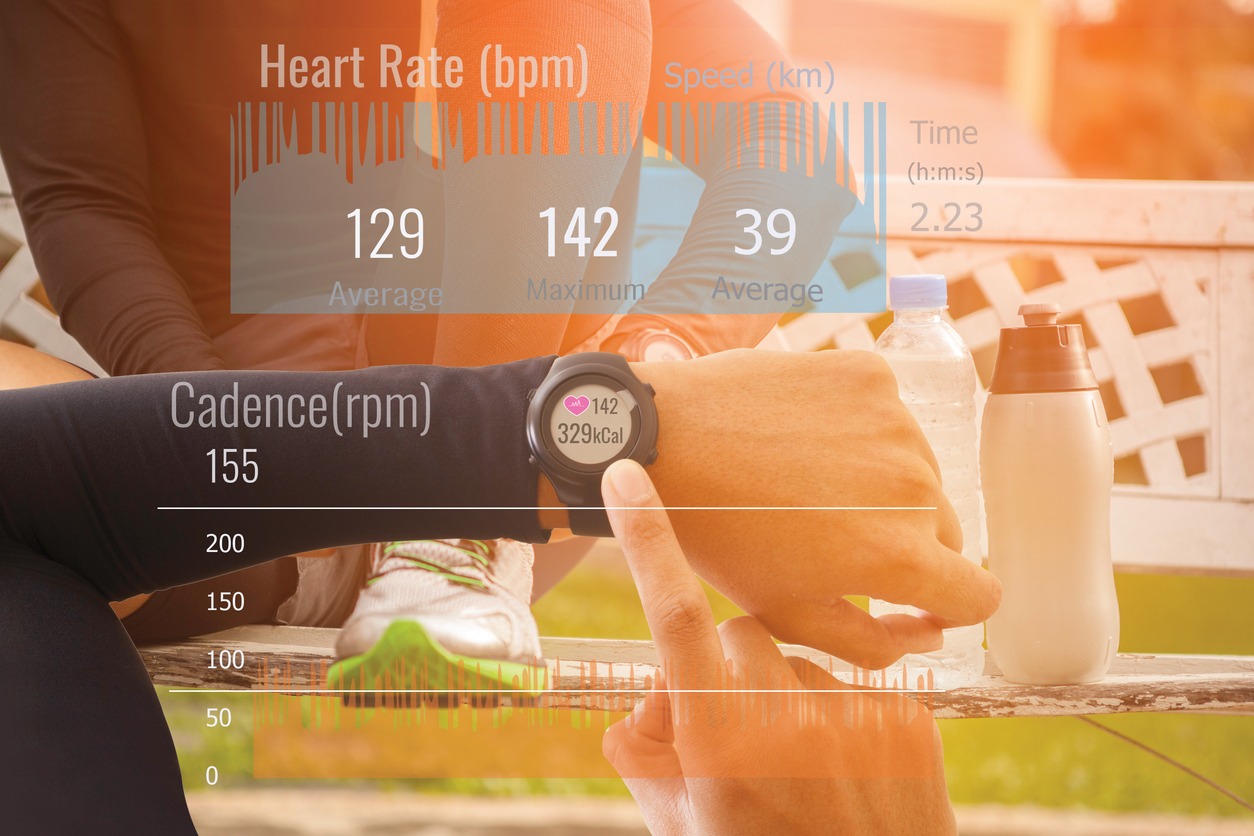GPS is becoming more and more common in smartwatches and fitness trackers today. In the same way, manufacturers and retailers advertise the same products. How does GPS work on a smartwatch, though? Please find out how the GPS on your smartwatch works and the best way to use it. Let’s go into more detail about how GPS works in smartwatches and fitness bands.
What is a GPS?
GPS watches use information from a constellation of satellites in space to provide accurate data on how far and fast you travel while running, cycling, or swimming. Anytime. In any part of the globe. It can track your current, average, and top speeds in real-time. It is a continuous odometer and can determine your pace, average pace, and ideal pace while exercising.
GPS-enabled smartwatches use the Global Positioning System to pinpoint and monitor the wearer’s whereabouts. Although it functions similarly to the GPS on your smartphone, the data and location results may differ depending on the watch’s satellite system. The GPS functions better for the security and fitness functions of the watch. A GPS watch may help you keep track of the time and distance traveled during a run, bike ride, or other outdoor exercise. Some models can even send an SOS signal to emergency authorities during an accident.
What are the Different Features of GPS?
The global positioning system (GPS) works anywhere on Earth because it receives signals from a constellation of up to 12 satellites, all of which are on your side of the planet. A GPS Watch is an excellent addition to your exercise routine if you’re dedicated to getting in shape or increasing the effectiveness of your current workouts. You should be able to select the ideal GPS Watch now that you understand how they function. Here are your main options:
1. Heart Monitoring – Some GPS watches have built-in heart rate monitors, allowing you to track your heart rate in addition to the usual time, speed, and distance metrics. You must train at the appropriate intensity level to achieve your fitness objectives. Taking your heart rate is the only reliable indicator of how hard you’re working. That’s why it’s important to track your heart rate during workouts.
2. Computer Interface – All fantastic data related to your fitness routine are stored in your watch; you can save it to your computer, examine it and look for trends. Most GPS Watch features cable and downloadable software.
3. GPS Transmitter – Some smart watches’ GPS is built directly in, making the watch noticeably larger and less practical for everyday usage. On the other hand, it has more information than the average map, such as longitude and latitude. At the same time, another smartwatch GPS component is a separate piece that can be worn on the arm or clipped to the waist. This makes it possible to wear the watch daily without feeling too burdened. Compared to later models, earlier ones were bulkier and used more power. Everyone wants a smaller, lighter GPS gadget, but there is a cost to pay. The smaller the device, the fewer batteries it will require to run and the more frequently you need to change them.
4. Target Speed and Pace Alarm – You can tailor your performance to your preferences with this option. An alarm will sound when you specify higher and lower limitations for speed or pace.
5. Target Distance Alert – The watch can be programmed to sound an alarm when the wearer has taken several steps or kilometers. For instance, if you set this to “1 mile,” your watch will notify you at the one-mile, two-mile, three-mile, and four-mile marks, and so on.
6. Speed Smoothing – The watch’s ability to “smooth out” minor fluctuations in speed makes pace and speed measurements more legible during use. If the displayed numbers in the pace information seem too “jumpy,” you may want to enable this function. Both the presented data and the cumulative distance are unaffected by the smoothing process.
7. Lap Memory Recall – You can keep track of individual information for each lap or distance segment in this way. Let’s say you run a 5-mile race, and afterward, you’d like to see your splits individually and your total time. To compare statistics from different laps, you must press the LAP button at each mile marker.
8. Auto Splits – The Chronograph may automatically divide the total time or distance traveled into segments using this function.
9. Odometer – The watch records the cumulative distance it has traveled.
Benefits of a GPS Multi-sport watch
Those who appreciate various activities and interests will get the most out of the Multi-Sport GPS Watch. This is because all these amazing multi’s tend to act as a unit. It’s popular because it’s suitable for various average, day-to-day applications.
1. Real-Time Tracking
A GPS-running watch displays your real-time data, so you can monitor your progress as you go. Built-in GPS trackers log your running stats like time, distance, and calories burned. And the screen may be customized to show whatever information is most useful to you as you exercise. Workouts of varying intensities can be easily designed and followed thanks to the app’s programmable run/walk notifications. Interval training is a breeze because of the app’s clear presentation of key metrics like pace, heart rate, and distance covered throughout each set. Even on light runs, your watch will notify you after each mile or kilometer you’ve covered. The tracking function adds a layer of security by letting you update loved ones on your whereabouts via Bluetooth or WiFi whenever you like.
2. Motivation
Getting out and running when you’re by yourself can be tough, but a GPS running watch can make it easier than ever. Similarly, a reliable training partner encourages you to go out and keep going and to maintain or improve your progress from the prior session. A virtual pacemaker that can be adjusted to your liking is included in some watches, allowing you to compete against your times. Using the watch-free web service, you can upload and examine all your activities in one location. This is especially enjoyable after a run when you can go back and see how far you’ve come. It’s like Facebook, except for runners, and it allows you to form a social network based on your shared interest in running. Some multi-sport watch has incorporated some additional cool features that are aimed to get you moving besides friendly competition between yourself and friends. Your GPS watch should be the foundation of your active lifestyle, measuring your steps and calorie burn around the clock and alerting you to “move” if you’ve been sitting still for too long.
3. Track Progress Towards the Goal
Whether losing weight, running a certain distance, or finishing in a certain amount of time, a GPS running watch can help you achieve your training goals. Select GPS watches to incorporate wrist-based heart rate sensors, which accurately depict your energy consumption over the day. Maintaining a healthy weight can be achieved through careful monitoring of caloric intake and expenditure; a wrist HRM makes this possible with pinpoint accuracy. By keeping tabs on your workouts and recording your runs’ specifics, you’ll clearly see your progress toward your objectives. For instance, if you’ve run the required miles at your goal pace, you’ll know immediately if you’re on schedule to accomplish your goals. Knowing how to pace oneself using lap alerts and being able to run consistent mile/kilometer splits are both crucial for achieving your goals.
4. Accuracy
If you’ve investigated different ways to keep tabs on your running, you’ve noticed the wide range of applications available. While they are handy, the primary advantage of a GPS running watch, besides having your information at your fingertips, is reliability. The precision of a running app is around +/- 6 feet, whereas a GPS running watch is around +/- 3 feet, providing double the accuracy. You should expect your phone’s battery life to decrease significantly if you frequently use the GPS function. Many GPS apps also consume large amounts of data. The battery life of a multi-sport watch ranges from 8 hours to 20 hours in training mode, so you won’t have to worry about it expiring in the middle of a race.
5. Application is not limited to running
Over the past few years, running watches have evolved to meet the needs of any runner, whether they exercise indoors, outdoors, or anywhere in between. Using their multi-sport profiles, cardio or gym equipment, treadmill running, cycling, swimming, golf, and other outdoor activities can all be tracked separately. Customizable data fields let you see only the information relevant to you during any given activity; you can also upload this information for further analysis. Some more sophisticated models have improved bike and swim modes, making them ideal for those dedicated to cross-training. Power readings, stroke type detection, drill recording, and open-water metrics are specialized profiles and data for cycling and swimming.
Conclusion
There has been a widespread usage of GPS systems in professional sports for some time now, both in training and games. These multi-sports GPS watches allow teams to monitor players’ whereabouts and acquire extensive performance data. Information such as a player’s heart rate, distance covered, position on the field, and the amount of physical work performed by the body is recorded. The Multi-Sport GPS Watch is advertised as a timepiece that helps athletes keep tabs on their workout schedules, performance metrics, and overall growth. Those who swim, ride bikes, or run can use the GPS-enabled device to keep track of their exercises by recording data like time, distance traveled, speed, and the number of calories burned. If you’re training for a triathlon, this watch is a great choice because it provides swimming, cycling, and running data.
Preventing injuries is a key application for the information gathered by these “wearable” technological devices. By keeping tabs on players’ sprint times and total distance covered, coaches may determine whether their athletes are ready for the next game. Coaches can anticipate and avoid player injuries by monitoring these tendencies based on the GPS data collected. Knowing whether their players are overtraining, at peak performance, or in need of rest allows them to make the most informed decisions.
Nevertheless, GPS is employed for purposes apart from keeping track of a player’s health and fitness. To further illustrate how well different field areas were utilized, this data may be used to create a heat map of each player’s position on the field. The insights collected can then be applied to tailor player training and development to meet specific tactical and physical needs.





